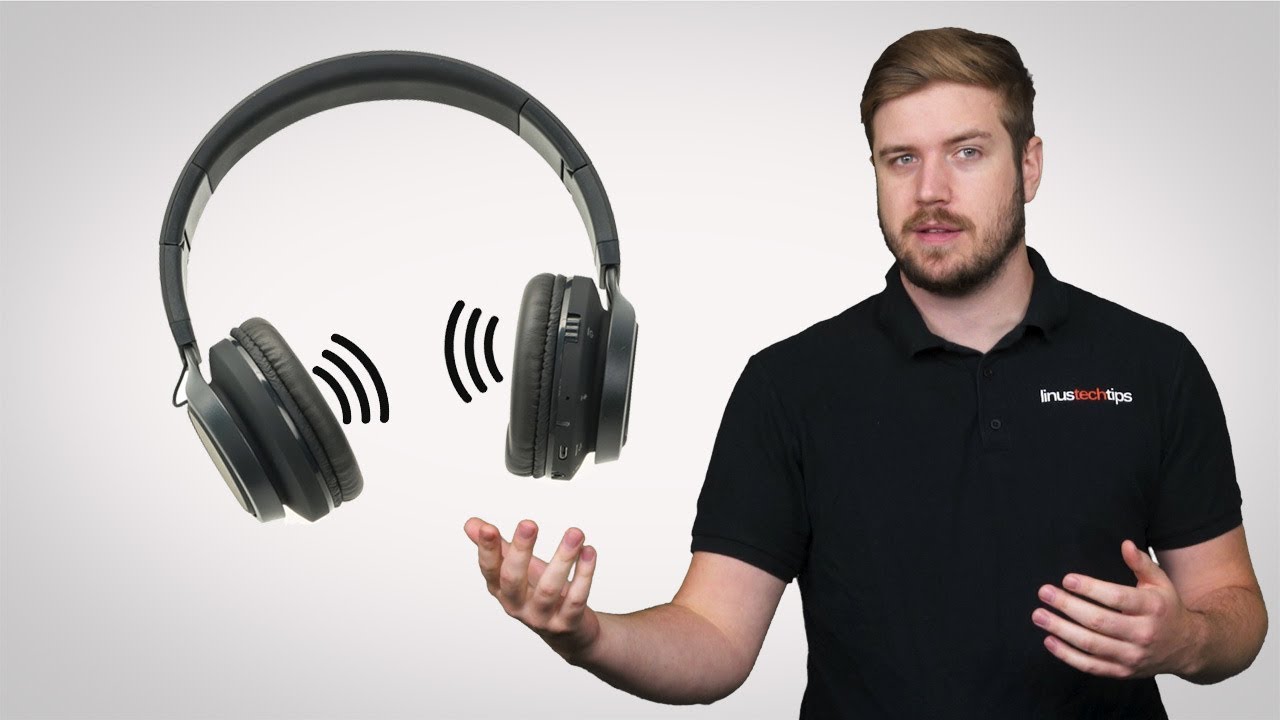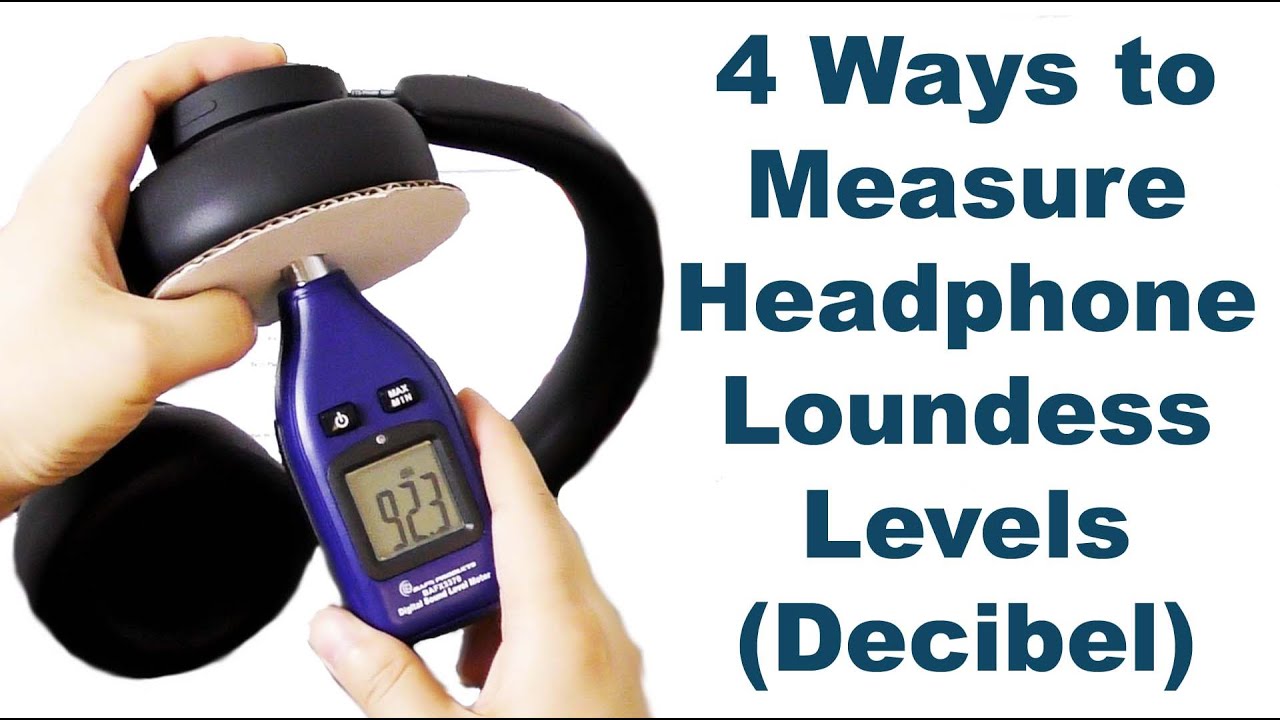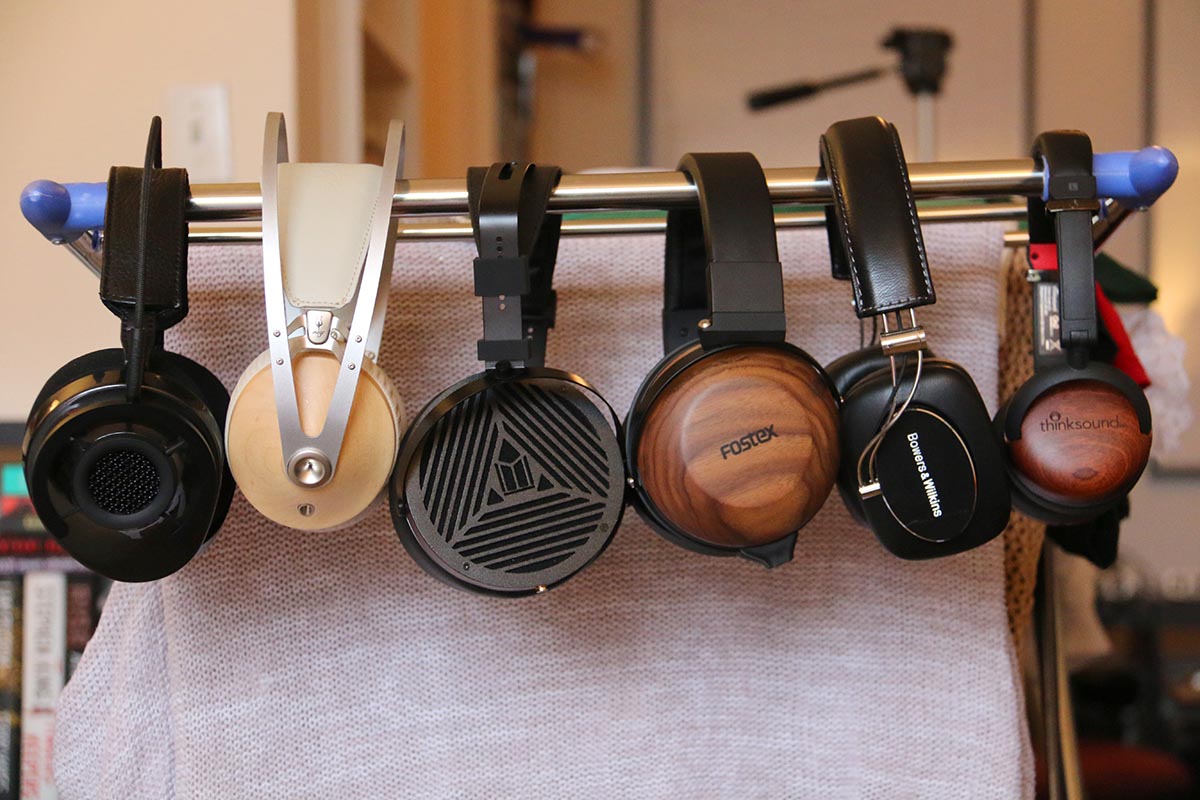How To Measure Headphone Decibels? Sound Level Measurements For Headphones
It's important to consider the volume levels at which we listen to audio through headphones, as excessive noise exposure can lead to hearing damage or loss. To ensure safe listening, it's crucial to know how to measure headphone decibels produced by your headphones.
Author:James PierceReviewer:Elisa MuellerJun 02, 20232.6K Shares188.4K Views

It's important to consider the volume levels at which we listen to audio through headphones, as excessive noise exposure can lead to hearing damage or loss. To ensure safe listening, it's crucial to know how to measure headphone decibelsproduced by your headphones.
In this article, we will discuss how to measure headphone decibels and provide some essential tips for maintaining healthy listening habits.
Decibels And Sound Pressure Levels (SPL)
When it comes to measuring the intensity or loudness of sound, decibels (dB) are the unit of measurement used. In the context of headphones, decibels are often used to determine the sound pressure levels (SPL) produced by the headphones. Understanding decibels and SPL is crucial for measuring and evaluating the potential risk of noise exposure while using headphones.
Decibels (dB) are logarithmic units that represent the ratio between the measured sound pressure level and a reference level. In the case of SPL, the reference level is typically 20 micropascals (μPa), which is considered the threshold of human hearing. This means that a sound with a higher SPL will have a greater intensity or volume compared to the reference level.
Sound pressure level (SPL) is a measure of the air pressure variations caused by a sound wave. It quantifies the difference between the instantaneous pressure of a sound wave and the average atmospheric pressure. SPL is typically expressed in decibels (dB) to provide a convenient way of representing a wide range of sound intensities.
To put things into perspective, let's consider some common SPL levels:
- Whispering - Approximately 30-40 dB
- Normal conversation - Around 60-70 dB
- City traffic noise - Typically 80-90 dB
- Live concert or nightclub music -Can exceed 100 dB
- Jet engine at close range - Upwards of 120 dB
- Pain threshold (where hearing damage can occur) -Around 120-130 dB
Now, when it comes to measuring the decibels produced by headphones, a sound level meter or a specialized smartphone app can be utilized. These devices are designed to measure and display the sound pressure levels in decibels accurately.
It's important to note that the measured SPL can vary depending on several factors, including the quality and design of the headphones, the audio content being played, and the environment in which the measurements are taken. Therefore, it's essential to ensure that you are using a reliable sound level meter or app and following proper measurement techniques for accurate results.
By measuring the decibels and SPL of your headphones, you can gain valuable insights into the volume levels at which you are listening to audio. This information allows you to assess the potential risk of noise-induced hearing damage and make informed decisions about your listening habits.
Remember, prolonged exposure to high decibel levels can lead to permanent hearing loss or other hearing-related issues. It's crucial to maintain safe listening practices by adhering to recommended volume guidelines and taking regular breaks to give your ears time to rest and recover.
How To Measure Decibels Of Headphones Accurately?
When it comes to ensuring safe listening practices, measuring the decibel levels produced by your headphones is crucial. By understanding the equipment and methods of how to measure headphone decibels accurately, you can gain insights into your exposure to sound and make informed decisions about protecting your hearing. In this section, we will discuss the equipment and methods you can use to measure headphone decibels effectively.
Equipment For Measuring Headphone Decibels
- Sound Level Meter -A sound level meter is a specialized device designed to measure sound pressure levels (SPL) in decibels. These meters consist of a microphone to capture sound, a circuit to process the signals, and a display to provide the decibel readings. Sound level meters are available in various types, including analog meters with a needle gauge and digital meters with an LCD display. Digital sound level meters tend to offer more accurate and precise measurements.
- Smartphone Apps - There are several smartphone apps available for both iOS and Android platforms that can measure sound levels. These apps utilize the built-in microphone of your smartphone and provide real-time decibel readings on the device's screen. It's important to note that the accuracy of smartphone apps can vary, so it's recommended to choose reputable apps that have positive user reviews and ratings.
Methods For Measuring Headphone Decibels
- Environment Setup - Find a quiet and controlled environment for your measurements. Background noise can interfere with accurate readings, so it's best to choose a room with minimal external sounds. Ensure that the headphones and sound meter or smartphone app are the only sources of sound in the environment.
- Positioning the Sound Meter - Place the sound level meter or smartphone app in close proximity to your ears, where you would normally wear your headphones. If you're using a smartphone app, follow the instructions provided by the app to ensure proper positioning. The microphone of the sound meter or smartphone app should face towards the sound source.
- Calibration -Calibration is an essential step to ensure accurate measurements. Use a test tone with a known decibel level to calibrate the sound meter or smartphone app. You can find online resources or apps that provide test tones at different volume levels. Select a test tone within the desired frequency range of your headphones and play it at a moderate volume. Adjust the sound meter or app readings to match the known decibel level of the test tone.
- Taking Measurements - Once the sound meter or app is calibrated, put on your headphones and play your desired audio content at a comfortable listening level. Ensure that the volume setting is consistent throughout the measurement process. Allow the sound meter or app to capture the decibel level produced by the headphones. It's recommended to take multiple measurements at different points in time to obtain a reliable average value.
- Recording and Analyzing the Results -Record the decibel readings displayed on the sound level meter or smartphone app. Note the average decibel level obtained from multiple measurements for future reference and analysis. Analyzing the results can help you identify whether you are listening at safe volume levels or if adjustments need to be made to protect your hearing.
It's important to keep in mind that the accuracy and precision of decibel measurements can be influenced by factors such as the quality and calibration of the equipment used, the placement of the microphone, and the characteristics of the headphones themselves. Therefore, it's recommended to follow manufacturer guidelines and instructions for both the sound level meter and the headphones to ensure accurate measurements.
By utilizing the appropriate equipment and following proper measurement methods, you can effectively measure the decibel levels produced by your headphones. These measurements provide valuable insights into your exposure to sound and enable you to make informed decisions about adjusting volume levels and maintaining healthy listening habits.

4 Easy Ways to Measure Headphone Loudness Levels (Decibel)
Tips For Maintaining Healthy Listening Habits With Headphones
While measuring the decibel levels of your headphones is important, it's equally crucial to adopt healthy listening habits to protect your hearing. Here are some tips to consider:
- Follow the 60/60 Rule -The World Health Organization (WHO) recommends listening to audio through headphones at no more than 60% of the maximum volume for a maximum of 60 minutes per day. Adhering to this rule helps prevent prolonged exposure to high sound levels.
- Take Breaks -Give your ears regular breaks from continuous headphone use. Taking short breaks every hour can help reduce the risk of hearing damage.
- Use Noise-Canceling Headphones -Noise-canceling headphones can help reduce the need to increase volume levels in noisy environments. By blocking out external noise, they allow you to enjoy your audio content at lower, safer volumes.
- Be Mindful of Volume Levels -Pay attention to volume levels when using headphones. If you need to raise your voice or shout to be heard by others while wearing headphones, it's a sign that the volume is too high and should be lowered.
- Choose Quality Headphones - Invest in good-quality headphones that provide clear sound reproduction. Poorly designed or cheap headphones may produce distorted sound, leading to the temptation of increasing the volume to compensate.
- Be Mindful of the Environment -Pay attention to the environment in which you use your headphones. Noisy environments may lead to the inclination to raise the volume to overcome external sounds. Whenever possible, try to create a quiet and controlled listening environment to minimize the need for high volume levels.
People Also Ask
How Can I Measure The Decibels Of My Headphones?
To measure the decibels of your headphones, you can use a sound level meter or a specialized smartphone app that accurately measures sound pressure levels (SPL). Position the meter or smartphone app close to your ears, calibrate it with a test tone, and then play your audio content while recording the decibel readings.
What Is The Importance Of Measuring Headphone Decibels?
Measuring headphone decibels is important to ensure safe listening practices. Excessive noise exposure can lead to hearing damage or loss. By measuring the decibel levels, you can determine if you are listening at safe volumes and make adjustments to protect your hearing.
Can I Use A Smartphone App To Measure Headphone Decibels?
Yes, you can use smartphone apps to measure headphone decibels. There are various sound meter apps available for both iOS and Android platforms. However, it is important to choose a reputable app that provides accurate readings and follow the instructions provided by the app for proper positioning and calibration.
What Is The Recommended Volume Level For Headphone Use?
The World Health Organization (WHO) recommends following the 60/60 rule for headphone use. This means listening to audio through headphones at no more than 60% of the maximum volume for a maximum of 60 minutes per day. Adhering to this guideline helps prevent prolonged exposure to high sound levels and reduces the risk of hearing damage.
Are Noise-canceling Headphones Safer For My Hearing?
Noise-canceling headphones can contribute to safer listening practices. By blocking out external noise, they allow you to enjoy your audio content at lower, safer volumes. This can reduce the temptation to increase the volume in noisy environments, thereby minimizing the risk of excessive noise exposure and potential hearing damage.
Conclusion
Why and how to measure headphone decibels? Measuring headphone decibels is essential for monitoring sound levels and ensuring safe listening practices. Also, methods and equipment for measuring headphone decibels are discussed in this article in detail.
By using a sound level meter or an appropriate smartphone app, you can accurately determine the decibel levels produced by your headphones. Remember to maintain healthy listening habits, such as adhering to volume guidelines and taking regular breaks, to protect your hearing and enjoy audio experiences safely.

James Pierce
Author

Elisa Mueller
Reviewer
Latest Articles
Popular Articles
